Motorcycles are undoubtedly stylish, entertaining, and economical to drive. However, it is also true that riding a motorbike is riskier than driving a car. Many serious riders can avoid collisions and ride without accident, but their success is due to following fundamental motorcycle safety procedures. Here are some Motorcycle Safety Tips for Riding on City streets to ensure that your journeys are incident-free so that you may ride safely.
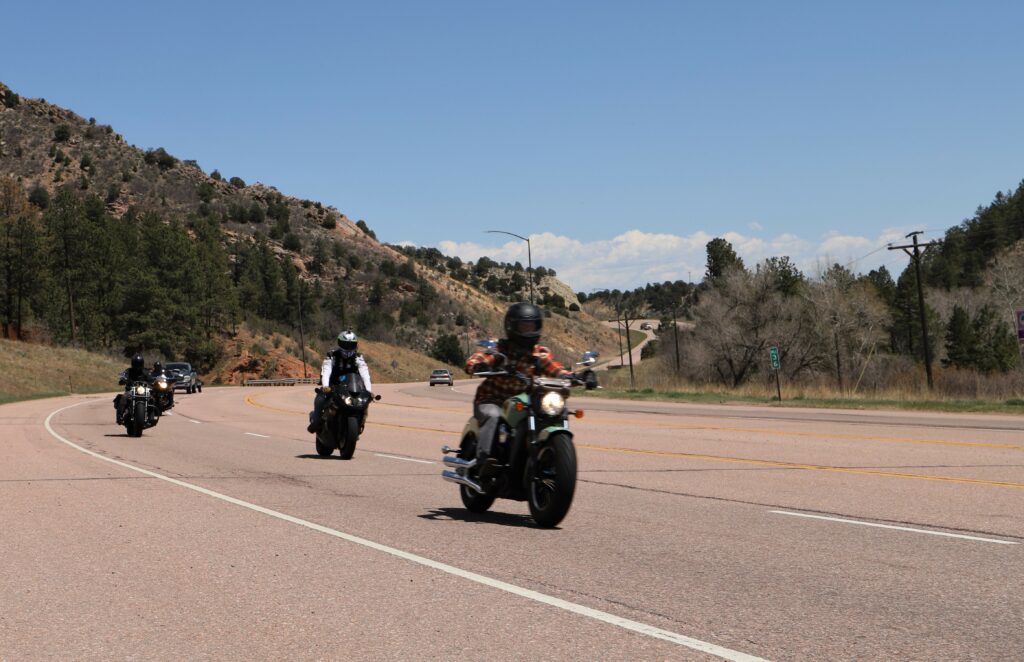
Read Also: 10 Must-Haves Gear for Motorcycle Riders
Tips for riding on city streets
1. No drugs, no alcohol when riding
If you use prescription medications, be aware of any known adverse effects, such as sluggish reaction times, dizziness, or sleepiness. It may be particularly essential to modify the number of drugs you take frequently or start, stop, or add any new medications.
Before you ride, you should be aware of the adverse effects of medications for high blood pressure, diabetes, depression, quitting smoking, and other diseases. Speak with your doctor about your health concerns, medicines, and any effects on riding safely.
2. All the Gear All the Time
Use all the necessary equipment to protect you and any passengers. If wearing a helmet when riding is optional in your state, do so. Head injuries can be highly dangerous without a helmet, even at modest speeds. Helmets cannot always prevent head injuries, but there is no doubt that they may minimize their intensity or prevent them entirely in various situations.
Would professional riders of all stripes use them if they weren’t effective? Modern riding jackets are durable, armored, made of highly visible neon or reflective materials, light and vented, or constructed of mesh to keep you cool in hotter weather. In most riding circumstances, a combination of riding gloves, specially designed riding trousers, boots, and eye protection may provide excellent protection from head to foot without sacrificing safety.
3. Situational awareness
Use the rear-view mirrors to keep an eye on everything around you while keeping your head swiveled. Avoid overtaking and don’t allow other drivers to follow you by keeping a safe distance between you and other traffic. It is less probable that their mistakes will include you the more space you maintain between you and the other person. You can predict issues and prevent them with the use of situational awareness.
4. Speed reduces your options
Your speed differential generally multiplies for every doubling of speed. Therefore, at 60 mph, your stopping distance increases to around 200 feet if you can stop at 50 feet at 30 mph, for example. Giving oneself additional choices for stopping and safely avoiding action is just as essential as being inside the speed limit.
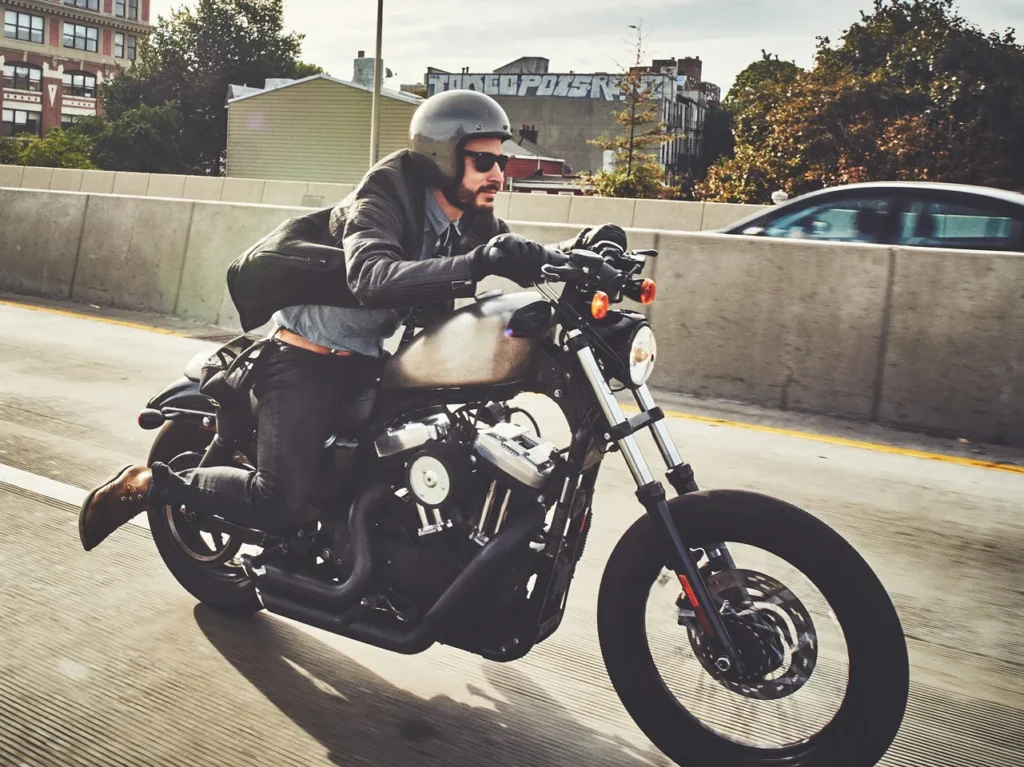
Read Also: Legal Tips in Case of Motorcycle Accident
Consider reducing your speed when conditions like wet pavement, poor visibility, or ground cover like bush or crops tall enough to conceal wildlife that approaches the surface right up to the surface, as is the case on some rural roads.
5. Be able to count on your bike
It requires a short pre-ride inspection of the vehicle’s tires, accessories, oil, coolant (if necessary), brake fluid, chain, lights, brake light, turn signal, and horn. While riding, anything that isn’t functioning correctly, is out of alignment, has loose parts, is short on fluid, etc., might cause unforeseen issues, and certain things can impair control of the bike.
6. Heighten your vision
Many bikers use black wrap-around glasses, which are effective in places with frequent deep shadows and intense sunlight. However, you might want to consider wearing lightly tinted eyeglasses if your ride has a lot of places where the roadway is in deep darkness, like in forests. Specific amber riding glasses or face shields may help boost contrast if there are many shadows or the day is expected to be rainy.
7. If you don’t know the rules of the road, know your limitations
Opening up the engine on well-known routes may be pleasant, especially if the roads are in good condition and have some excellent technical turns. Take it easy while you’re traveling to a remote place. The following blind curve may be hiding gravel or sand on the surface, an off-camber turn with a decreasing radius, or a one-lane bridge with a gravel truck occupying the entire space.
8. Know the forecast
The weather frequently affects safe driving conditions, and the risks of ice or wet roads increase when you’re on two wheels. Your body is exposed to driving rain, and you only have half the vehicle’s safety, which increases the risk.
A rider’s biggest fear is poor vision, and you can never quite appreciate how painful it can be to ride through the rain while traveling at 50 or even 30 mph unless you’ve experienced it.
9. Brake for motorcycles
It is not much simpler to spot other motorcyclists just because you are riding a motorbike. When turning or changing lanes, always check again. Additionally, it would help if you got practice braking in various scenarios.
Always leave additional room for the vehicles in front of you, and learn how to stop suddenly without locking your brakes to ensure that a sudden halt won’t lead to disaster. Installing anti-lock brakes would be a good idea.
10. Focus on Road when riding on city streets
The rider’s focus on the road can be essential for safety. Keep your focus on the road, your speed, any changes in the weather or the state of the road, other traffic, roadside hazards, and other vehicles. When other drivers (i.e., vehicle drivers) claimed they didn’t notice the rider, this was one of the leading causes of motorcycle accidents.
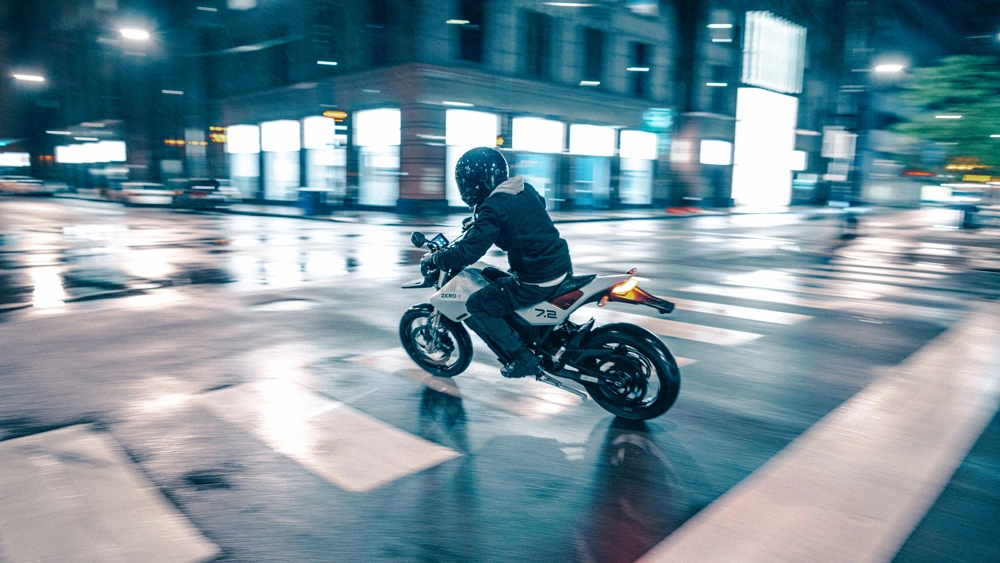
Conclusion
These are only a handful; there are undoubtedly many more that you are aware of. This post should not be taken as legal or medical advice; instead, it offers helpful Safety tips for riding on city streets. Enjoy the journey slowly, and keep yourself and others safe.
Read Also: 15 Best Motorcycle Knee Guards
FAQs
Riding your motorcycle in the city takes superior awareness, brains, an eye for potential hazards, and excellent riding skills.
Don’t drink and drive.
Beware your blind spots.
Slow down behind motorcycles.
Ride on the street or in a bike lane, not on the sidewalk, unless this is permitted.

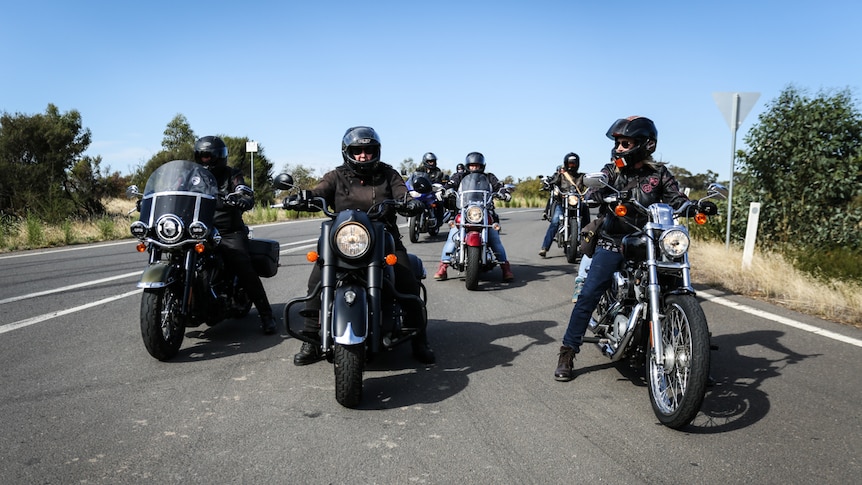
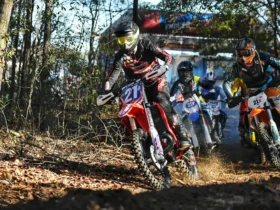
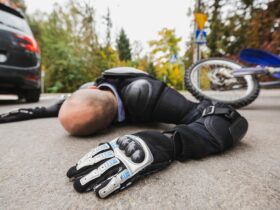
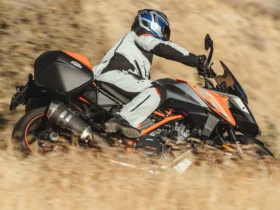



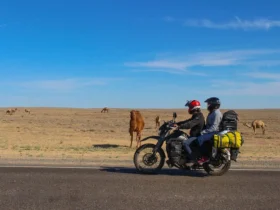
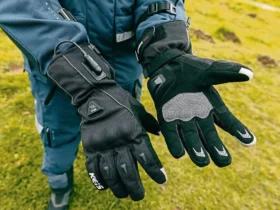
Leave a Review